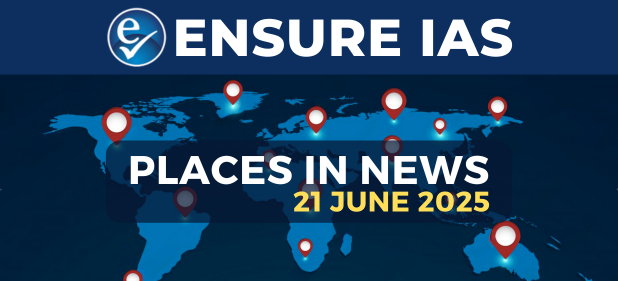- Courses
- GS Full Course 1 Year
- GS Full Course 2 Year
- GS Full Course 3 Year
- GS Full Course Till Selection
- Answer Alpha: Mains 2025 Mentorship
- MEP (Mains Enrichment Programme) Data, Facts
- Essay Target – 150+ Marks
- Online Program
- GS Recorded Course
- Polity
- Geography
- Economy
- Ancient, Medieval and Art & Culture AMAC
- Modern India, Post Independence & World History
- Environment
- Governance
- Science & Technology
- International Relations and Internal Security
- Disaster Management
- Ethics
- NCERT Current Affairs
- Indian Society and Social Issue
- NCERT- Science and Technology
- NCERT - Geography
- NCERT - Ancient History
- NCERT- World History
- NCERT Modern History
- CSAT
- 5 LAYERED ARJUNA Mentorship
- Public Administration Optional
- ABOUT US
- OUR TOPPERS
- TEST SERIES
- FREE STUDY MATERIAL
- VIDEOS
- CONTACT US
The Two-State Solution
The Two-State Solution
05-06-2024

The two-state solution has long been considered the most viable path to peace in the Israeli-Palestinian conflict.
- This approach envisages the establishment of an independent Palestinian state alongside the existing State of Israel, giving both peoples their own sovereign territory.
History of the Two-State Solution:
- The origins of the two-state solution can be traced back to the 1947 United Nations Partition Plan, which proposed dividing Palestine into Arab and Jewish states, with Jerusalem under international rule.
- However, the plan was rejected by the Arab states, leading to the 1948 Arab-Israeli War and the creation of the state of Israel.
Current Challenges to the Two-State Solution:
The two-state solution remains unattainable even after decades of efforts. There are many obstacles to its implementation, such as:
-
Settlement Expansion: Israel’s continued expansion of settlements in the West Bank has virtually created a one-state reality, making a contiguous Palestinian state difficult to envision.
-
Hamas Control in Gaza: The control of Gaza by the Hamas terrorist organization has complicated efforts to reach a comprehensive peace agreement. Hamas rejects Israel's right to exist and has engaged in rocket attacks on Israeli civilian targets.
-
Jerusalem Dispute: The status of Jerusalem, a holy city claimed by both Israelis and Palestinians, has been a major point of contention in negotiations. Both sides consider Jerusalem as their capital, making it a highly sensitive issue.



